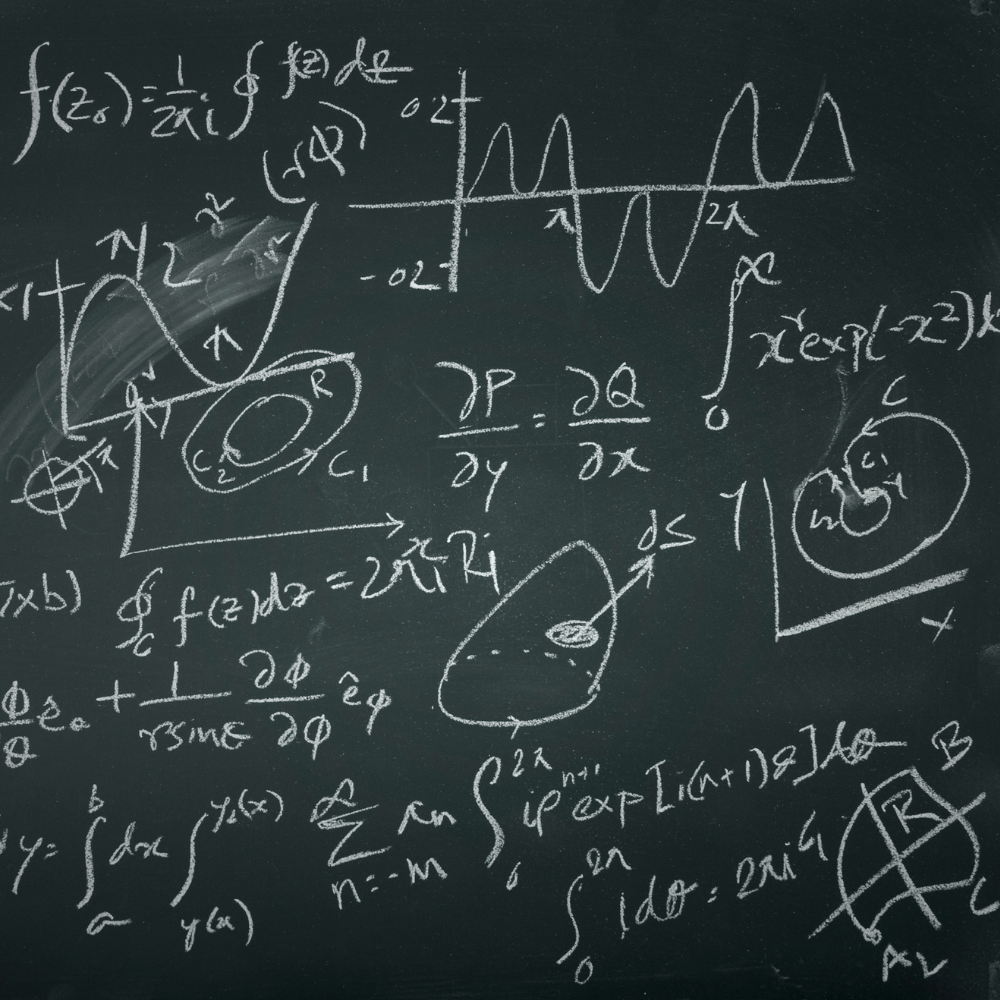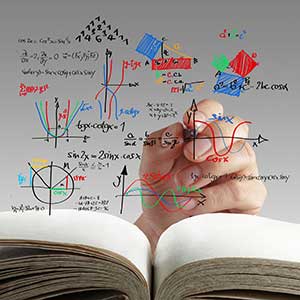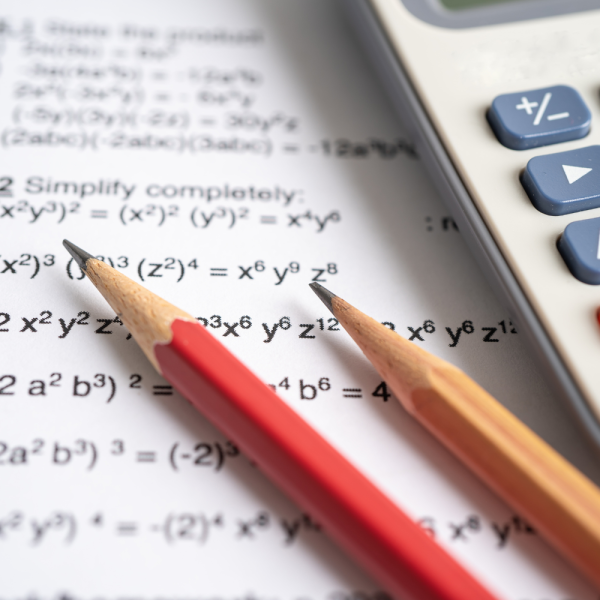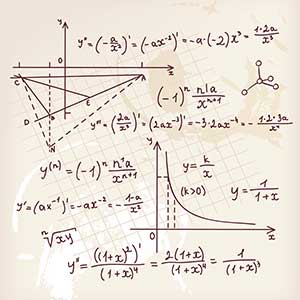Your cart is currently empty!
AP Calculus BC
Grade:
11 – 12
Duration:
2 Semesters
Prerequisites:
Materials:
See in the Materials tab below
Our Advanced Placement courses are not available for purchase at this time. They will re-open for enrollment in the 2026-2027 school year around July 2026.
The AP Calculus BC course extends the content learned in AB to different types of equations and introduces the topic of sequences and series. The AP course covers topics in differential and integral calculus, including concepts and skills of limits, derivatives, definite integrals, the Fundamental Theorem of Calculus, and series.
AP Calculus BC is roughly equivalent to both first and second semester college calculus courses and extends the content learned in AB to different types of equations and introduces the topic of sequences and series. The AP course covers topics in differential and integral calculus, including concepts and skills of limits, derivatives, definite integrals, the Fundamental Theorem of Calculus, and series. The course teaches students to approach calculus concepts and problems when they are represented graphically, numerically, analytically, and verbally, and to make connections amongst these representations. Students learn how to use technology to help solve problems, experiment, interpret results, and support conclusions.
Students who are enrolled in college level AP Calculus BC are expected to:
- Work with functions represented in multiple ways: graphical, numerical, analytical, or verbal. They should understand the connections among these representations.
- Understand the meaning of the derivative in terms of a rate of change and local linear approximation and use derivatives to solve problems.
- Understand the meaning of the definite integral as a limit of Riemann sums and as the net accumulation of change and use integrals to solve problems.
- Understand the relationship between the derivative and the definite integral as expressed in both parts of the Fundamental Theorem of Calculus.
- Communicate mathematics and explain solutions to problems verbally and in writing.
- Model a written description of a physical situation with a function, a differential equation, or an integral.
- Use technology to solve problems, experiment, interpret results, and support conclusions.
- Determine the reasonableness of solutions, including sign, size, relative accuracy, and units of measurement.
- Develop an appreciation of calculus as a coherent body of knowledge and as a human accomplishment.
I. Functions, Graphs, and Limits
Analysis of Graphs
Limits of Functions (including one-sided limits)
Asymptotic and Unbounded Behavior
Continuity as a Property of Functions
Parametric, Polar, and Vector Functions
II. Derivatives
Concept of the Derivative
Derivative at a Point
Derivative as a Function
Second Derivatives
Applications and Computation of Derivatives
III. Integrals
Interpretations and Properties of Definite Integrals
Applications of Integrals
Fundamental Theorem of Calculus
Techniques and Applications of Antidifferentiation
Numerical Approximations to Definite Integrals
IV. Polynomial Approximations and Series
Concept of Series
Series of constants
Taylor Series
Graphing Calculator
Calculus: Early Transcendentals by James Stewart, 8th Edition, ©2015
ISBN-13: 9780357539095
The textbook below is required to purchase for Semester B (Jan-May)
Princeton Review AP Calculus BC Prep, 2024
ISBN-10: 0593517598
ISBN-13: 978-0593517598
What TO EXPECT
See what our program is like after you get enrolled for parents and students.
Full-Time ProgramS
Our full time online tuition programs include enrollment for the school year (i.e. two semesters). Tuition varies based on our different programs. We recommend that students wishing to take 4 or more individual classes apply to our Full-Time Tuition Programs.
Highly Qualified Teachers 24/7 Access to Learning Platform Optional Weekly Group Synchronous Sessions And More!








